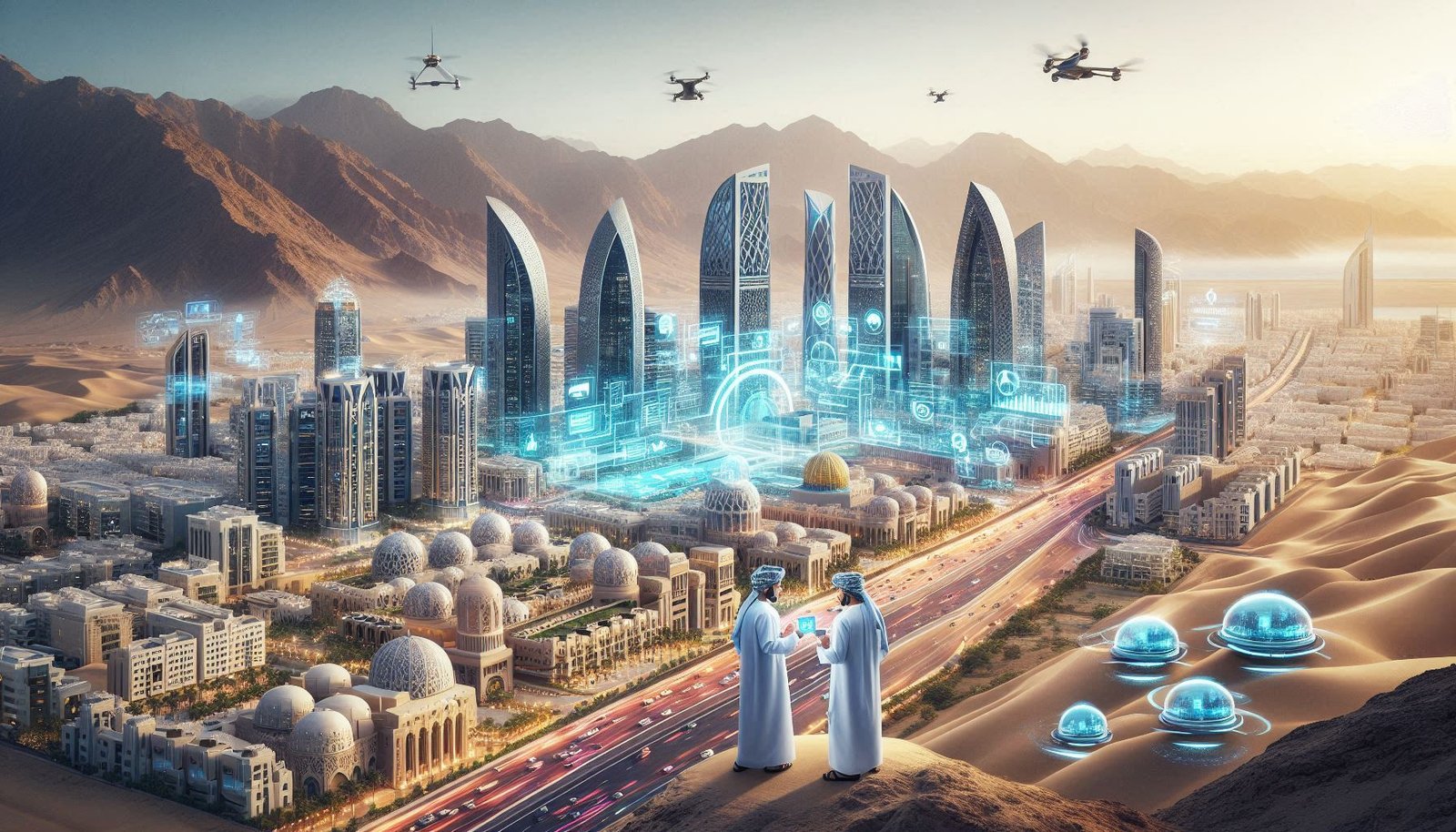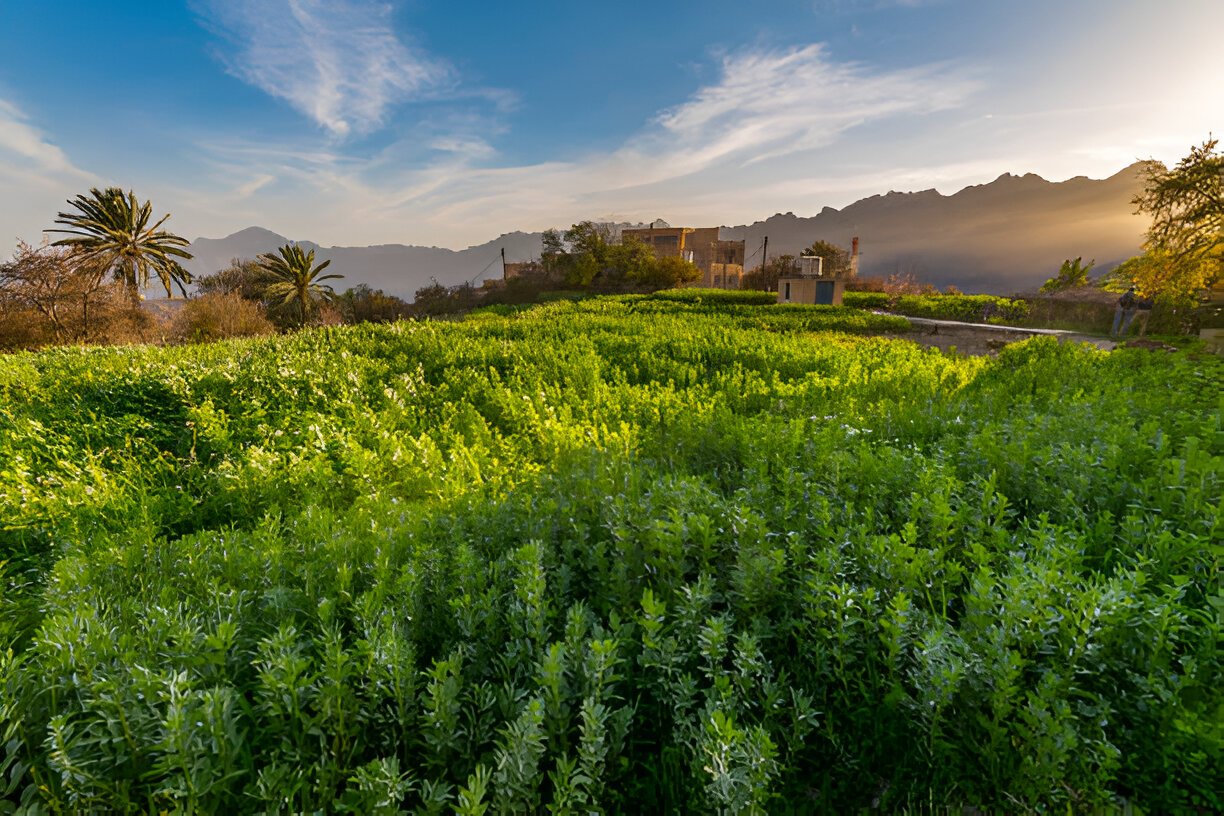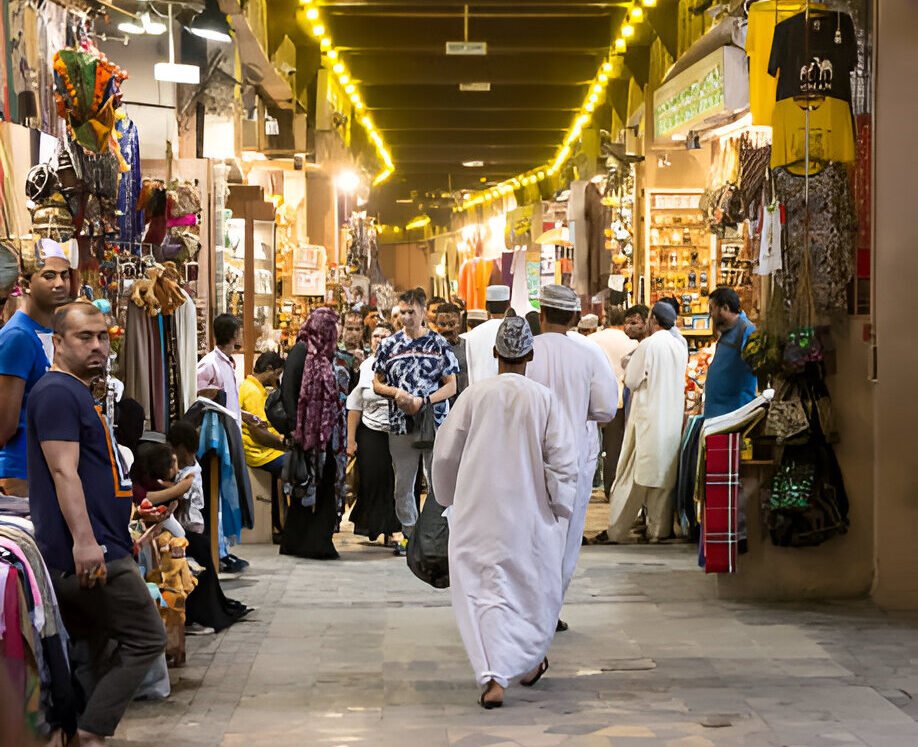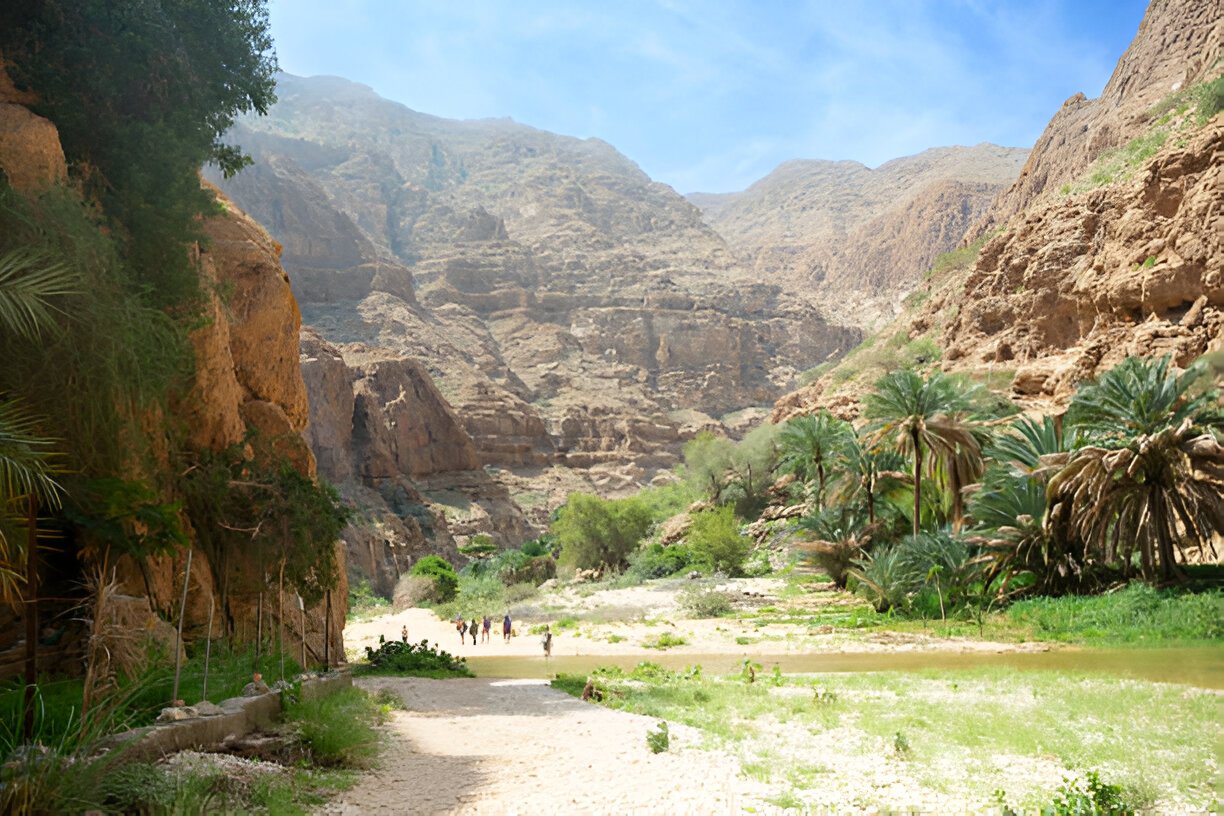

The foundation of Oman’s economy for a long time has been the oil and gas sector, which provides the majority of government income and pushes economic expansion. Technology breakthroughs, changes in the world’s energy consumption, and the nation’s objectives to diversify its economy in accordance with Vision 2040 have all contributed to the sector’s recent significant transformation. This article examines the most recent developments in Oman’s oil and gas business, emphasising significant projects, innovations in technology, modifications to regulations, and sustainability campaigns that are influencing the sector.
The use of enhanced oil recovery (EOR) technology has been one of the biggest developments in Oman’s oil industry. These techniques, which include gas injection, chemical, and thermal technology, have proved crucial in optimising production from established oil fields. EOR technology deployment has been handled by Petroleum Development Oman (PDO), the nation’s top oil and gas producer. Projects like the Harweel miscible gas injection project and the Amal Steam project are excellent illustrations of how EOR has prolonged the life of Oman’s oil resources, guaranteeing consistent output levels.
An increasingly important part of Oman’s energy policy is natural gas. The nation’s dedication to increasing its natural gas capabilities is demonstrated by BP’s development of the Khazzan and Ghazeer fields. Oman’s natural gas production has increased significantly as a result of these fields, which make use of cutting-edge extraction technologies. The country’s stocks of gas have increased by billions of cubic meters due to the Khazzan field alone, meeting both export commitments and domestic energy demands.
In order to preserve and possibly expand its production capacity, Oman has taken the initiative to investigate new oil and gas fields. New prospects have been created by recent findings in the Rub’ al Khali basin and other areas. International firms like BP and TotalEnergies, as well as domestic firms like PDO, have made significant investments in exploration. These projects have not only resulted in new discoveries but also advanced the understanding of Oman’s geological landscape, paving the path for more efficient resource extraction.
The oil and gas sector in Oman has made sustainability a major focus. The country is making joint efforts to limit the environmental impact of its hydrocarbon activities. Initiatives like flaring reduction programs, carbon capture and storage (CCS) projects, and the use of renewable energy in oil field operations are examples of this dedication. PDO’s Miraah solar plant, one of the world’s largest solar thermal plants, is being used to create steam for EOR, highlighting the integration of renewable energy into traditional oil and gas operations.
The development of Oman’s oil and gas industry has been significantly influenced by technological innovation. Operations have been completely transformed by the usage of digital twins, artificial intelligence (AI), and big data analytics. Businesses are using these technologies to lower operating costs, forecast equipment failures, and maximise production. One instance of how digitisation is improving industry efficiency and safety is PDO’s installation of real-time monitoring systems.
The Omani government has implemented a number of regulatory changes to streamline operations in the oil and gas industry and attract in foreign investment. An atmosphere that is more welcoming to investors has been established with the advent of production sharing agreements and competitive licensing rounds. The government’s Vision 2040 strategy also places a strong emphasis on diversifying the economy and lowering dependency on hydrocarbons, which will promote innovation and sustainable business practices in the industry.
As part of its national goals, Oman’s oil and gas industry has made localisation and workforce development a top priority. In order to provide the Omani workforce with the skills required to meet the changing demands of the sector, training programs, scholarships, and collaborations with academic institutions have been formed. In order to ensure that more locals participate in the sector, companies are also urged to satisfy Omanization targets.
In order to benefit from their resources and experience, Oman has increased its cooperation with foreign energy firms. Global leaders including BP, Shell, and TotalEnergies have partnered with the nation to bring significant investments and cutting-edge technologies. These partnerships have improved the sector’s long-term viability by facilitating knowledge transfer in addition to improving manufacturing capacities.
The construction of petrochemical plants and refineries, like the Liwa Plastics Industries Complex, is producing value-added products and decreasing the dependence on exports of raw hydrocarbons. This downstream expansion is in line with Oman’s Vision 2040 objectives and helps to create jobs and economic resilience. Oman has been concentrating on this sector as part of its efforts to diversify its economy.
Oman’s oil and gas industry faces a number of difficulties, such as shifting oil prices, pressures from the global energy transition, and the need to strike a balance between environmental sustainability and economic growth.
As it adjusts to both domestic economic concerns and global energy trends, Oman’s oil and gas industry is expected to undergo additional changes in the future.
The oil and gas industry in Oman is going through a dynamic transition. The nation is improving its hydrocarbon capabilities and getting ready for a diversified energy future through technological advancements, wise investments, and a dedication to sustainability. These developments underscore Oman’s role as a key player in the global energy market, balancing traditional strengths with forward-looking initiatives.
The integration of renewable energy, coupled with the deployment of cutting-edge technologies like AI and big data, has positioned Oman as a leader in modern energy practices. By focusing on sustainability, workforce development, and international collaborations, Oman is setting a benchmark for other oil-producing nations. The government’s Vision 2040 strategy, emphasizing diversification and innovation, ensures that the sector will remain robust and adaptable in the face of global energy transitions.
As the world moves towards cleaner energy, Oman’s efforts to blend renewable energy with traditional hydrocarbons exemplify a balanced approach, securing its place in a competitive and evolving energy landscape. This strategic balancing act ensures that Oman remains relevant in the global energy market while meeting environmental responsibilities. Furthermore, the investments in downstream industries and infrastructure signal a commitment to long-term economic stability and value addition. By fostering international collaborations and nurturing a skilled local workforce, Oman is not only strengthening its present but also ensuring a resilient and prosperous future. The country’s oil and gas journey is a testament to its ability to adapt, innovate, and lead, setting a path for other nations to follow in a rapidly changing energy paradigm.
Never miss any important news. Subscribe to our newsletter.







